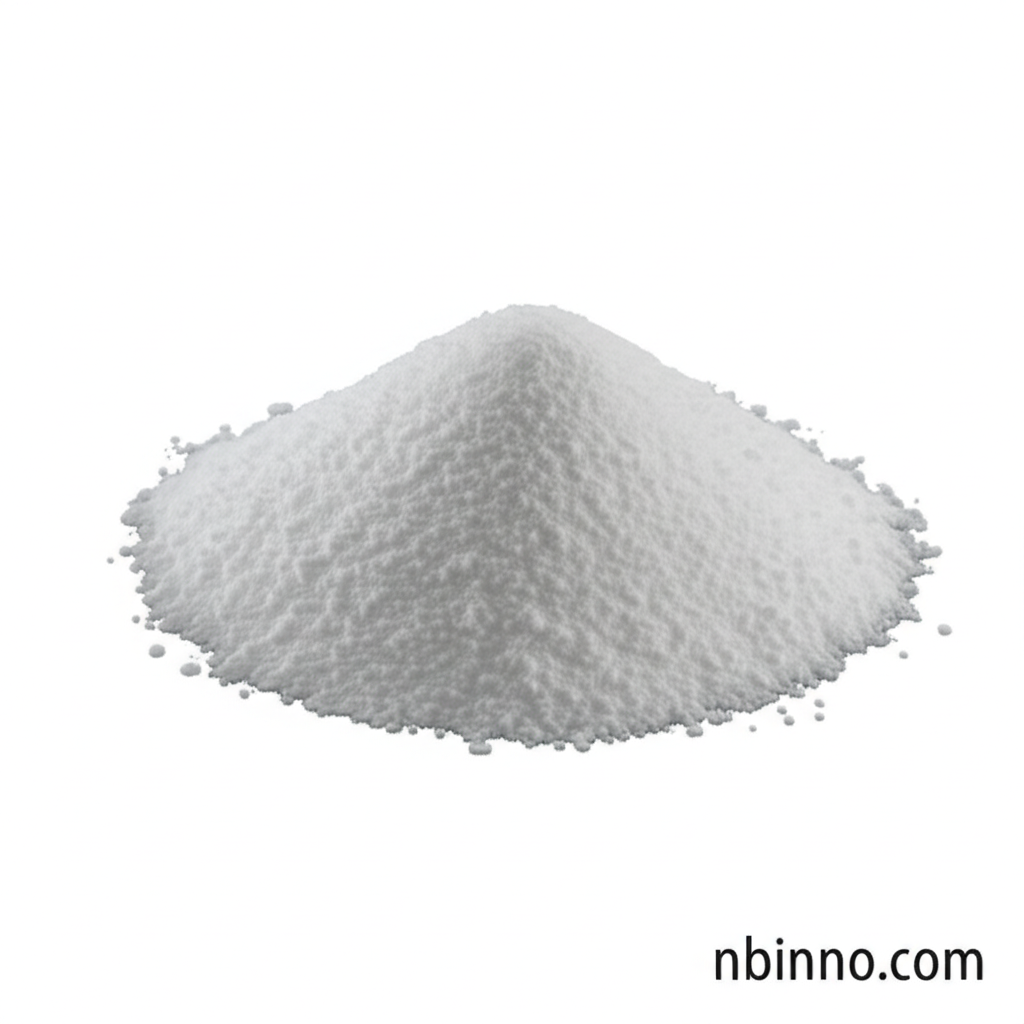Fmoc-3-L-Ala(2-thienyl)-OH: A Key Building Block for Peptide Synthesis and Drug Discovery
Discover the versatility and importance of Fmoc-3-L-Ala(2-thienyl)-OH, a critical component for advancing research in peptide synthesis, drug development, and beyond. Unlock new possibilities with our high-quality chemical solutions.
Get a Quote & SampleProduct Core Value

Fmoc-3-L-Ala(2-thienyl)-OH
As a leading supplier in China, we offer Fmoc-3-L-Ala(2-thienyl)-OH, a vital Fmoc-protected amino acid derivative crucial for advanced peptide synthesis and innovative drug discovery. Its unique thienyl group significantly contributes to enhanced peptide stability and bioactivity, making it an indispensable tool for researchers aiming to develop novel therapeutic agents. We pride ourselves on being a reliable manufacturer and supplier, ensuring the quality and consistency of this essential building block for your groundbreaking projects.
- Unlock new therapeutic pathways using Fmoc-amino acid applications in developing next-generation pharmaceuticals with improved efficacy and targeted delivery.
- Leverage our expertise as a custom peptide synthesis supplier China to obtain high-purity Fmoc-protected amino acid derivatives tailored to your specific research needs.
- Explore the potential of thienylalanine in peptide drugs, a key component that can impart unique properties for enhanced drug performance.
- Investigate complex molecular structures and their biological interactions with our premium Fmoc-3-L-Ala(2-thienyl)-OH, a cornerstone for intricate chemical synthesis.
Advantages Offered by the Product
Enhanced Peptide Stability
The inclusion of the thienyl moiety in this Fmoc-amino acid derivative contributes significantly to improved peptide stability, a critical factor in the efficacy of peptide-based therapeutics. This enhancement aids in achieving better drug performance.
Versatile Drug Development
Utilize this compound in drug discovery efforts, particularly in designing pharmaceuticals that target specific biological pathways, leveraging its unique structural features for increased bioactivity.
Facilitated Bioconjugation
Its structure makes it ideal for bioconjugation techniques, enabling the precise attachment of biomolecules, which is vital for developing advanced drug delivery systems and sensitive diagnostic tools.
Key Applications
Peptide Synthesis
This Fmoc-amino acid derivative is fundamental for solid-phase and solution-phase peptide synthesis, enabling the creation of complex peptide sequences with high purity and yield.
Drug Development
Researchers employ it in the design and synthesis of novel drug candidates, where the thienyl group can modulate pharmacokinetic properties and target interactions, advancing therapeutic discovery.
Bioconjugation
Its utility extends to bioconjugation, allowing for the covalent attachment of peptides to other molecules or surfaces, crucial for developing targeted drug delivery systems and diagnostic probes.
Material Science
The unique properties imparted by the thienyl group also make this compound of interest in material science for developing novel polymers and functional materials with specific electronic or structural characteristics.
